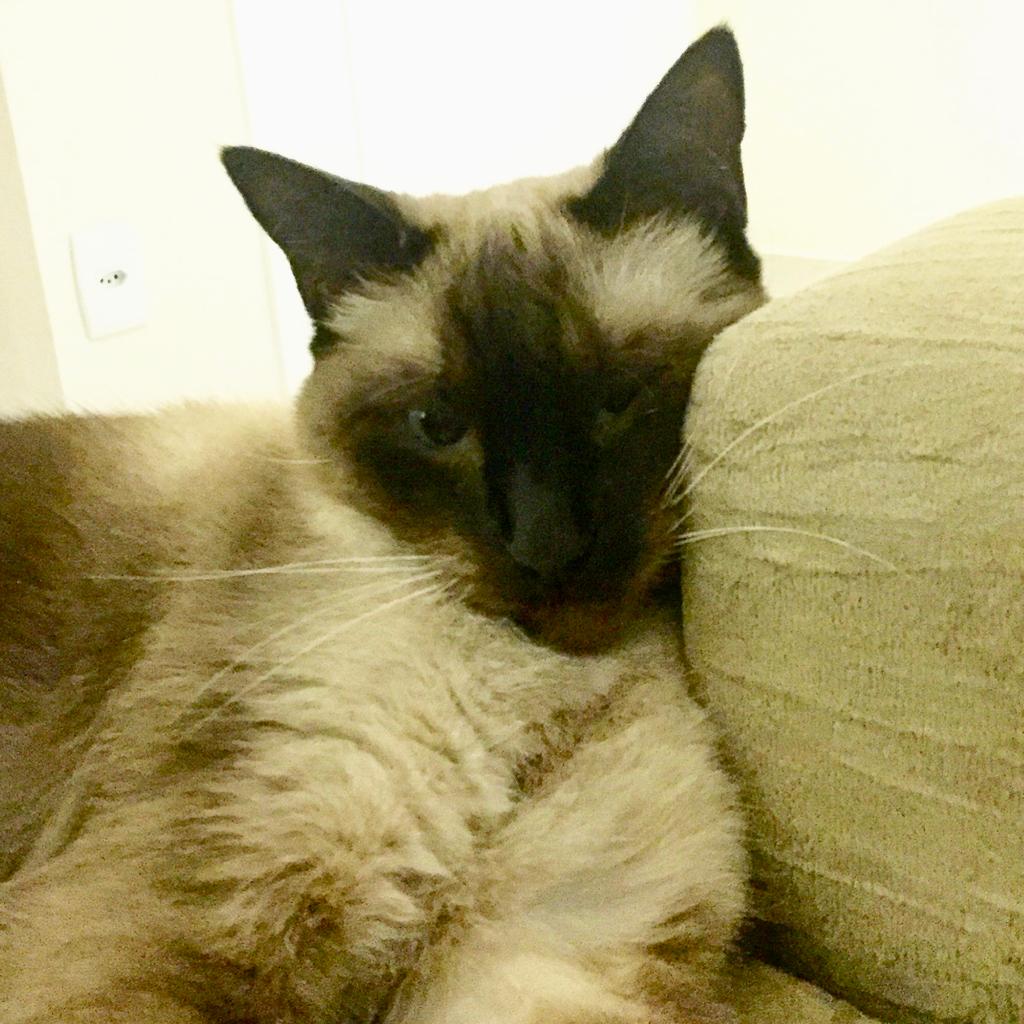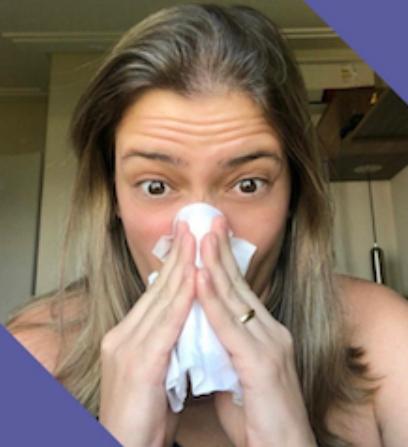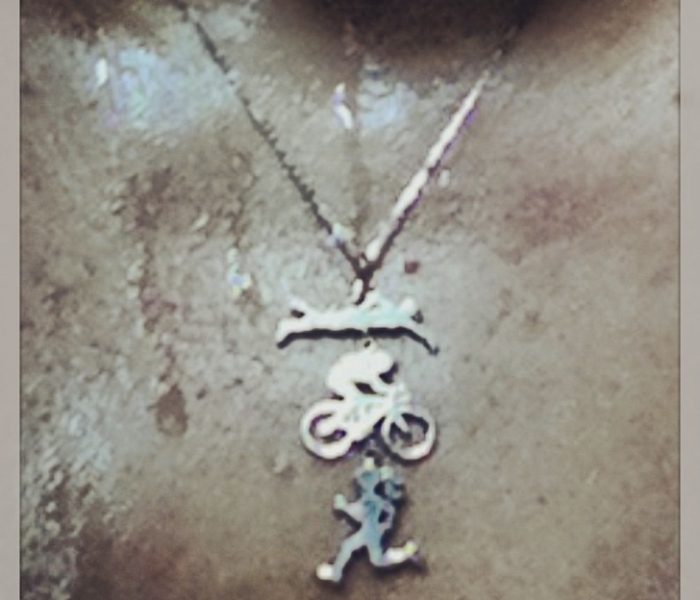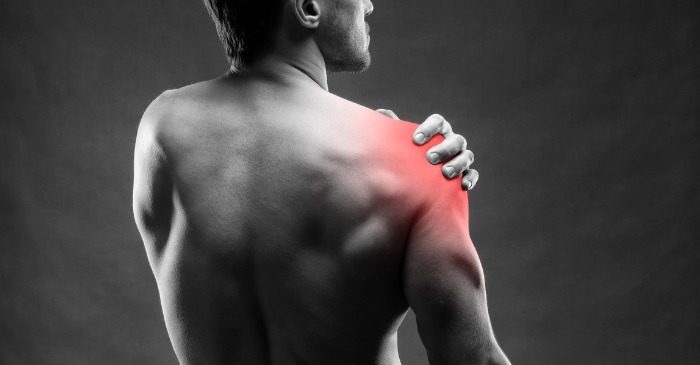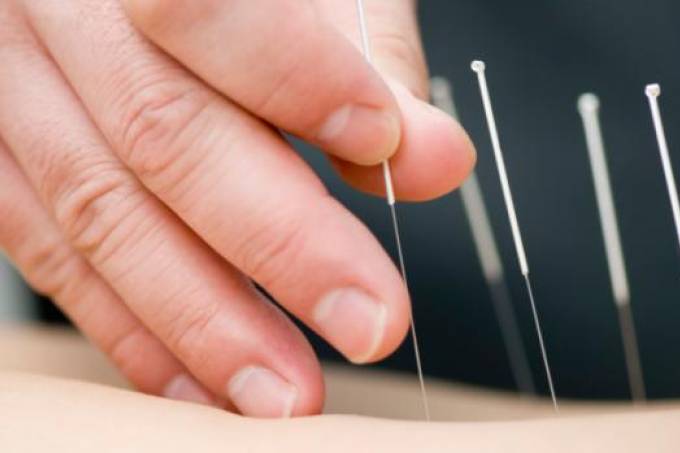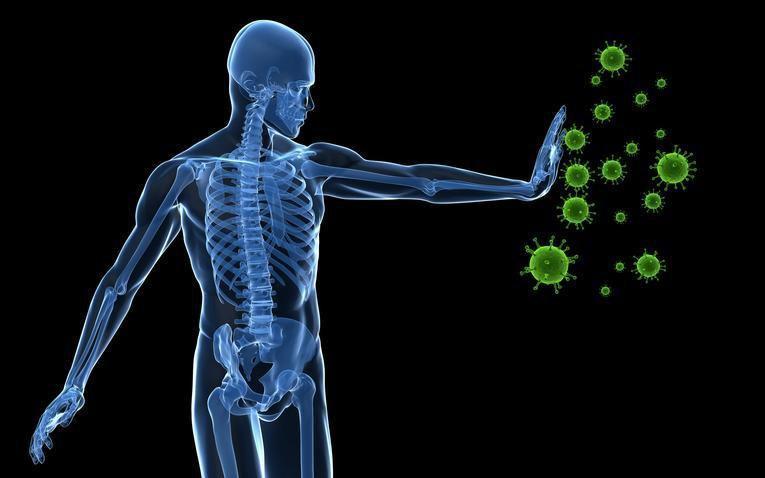Hello guys!

Today we are going to talk about an interesting subject: Envy!
According to the dictionary, envy is the desire to own a good that belongs to the other. It is a feeling of inferiority and disgust at the happiness of the other. It is a feeling of greed for the wealth, brightness and prosperity of others.
For Traditional Chinese Medicine envy is a pathological condition related to the imbalance of the Lung’s energy.
When the Lung is functioning well, it relates to the feeling of sadness when there is a reason for the individual to feel sad. For example, if a person loses a loved one, or if he or she has broken a relationship, if the Lung is unbalanced, that person will feel sad.
However, when the Lung becomes energetically unbalanced, it can generate bad feelings, such as anguish in excess and frustration and envy in deficiency.
What can leave the Lung in deficiency?
- Invasion of Pathogenic Factors: the invasion of cold and dryness leaves the Lungs weak in the long run. When not properly removed, the patient may develop an envious and frustrated behavior. Any pathogenic factor not properly cared for may deepen and cause energetic wear on the Lung.
- Smoking: people who have a habit of smoking, even for a short time, may irreversibly weaken the Lung, and thus suffer from behaviors of frustration and envy.
- Poor Food: the Lung doesn’t react well to excessive consumption of cold food. When the individual has a diet based on raw foods or with cold essence, the Lung can weaken, generating inappropriate behavior of envy and frustration.
- Sadness, Emotional Shock, Grief: these feelings, when maintained for a long time, even if for plausible reasons, will weaken the Lung, generating a person with bitter behavior, and later, frustration and envy.
How can we improve the energy of the Lung and thus remove the feeling of envy?
In Traditional Chinese Medicine we can strengthen the Lung in several ways, namely:
a) Breathing exercises: inhale slowly until the greatest capacity of the Lung and then loosen slightly, repeating this process at least 3x, once a day already helps to strengthen the Lung.
b) Acupuncture: acupuncture points such as LU-7, Lu-9, BL-13, BL-42 are excellent in Lung toning, especially BL-42 which is a point with a psychic indication 🙂
c) Auriculotherapy: Lung Point in auriculotherapy …. self explanatory right? 🙂
d) Therapeutic Food: spicy foods, especially red and black pepper, help to tone the lung, as well as honey, almonds and papaya are also great choices for this function.
We need to understand that not every frustrated and envious person says things with the intention of hurting. Assuming that these problems are associated with an energetic dysfunction of the Lung, we must welcome those in need and help in their improvement and evolution.
I hope you enjoyed!
A big hug to everyone,
Profa. Fernanda Mara
